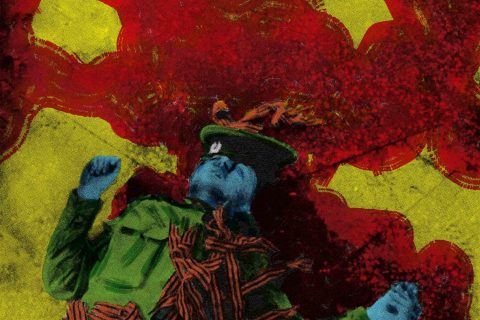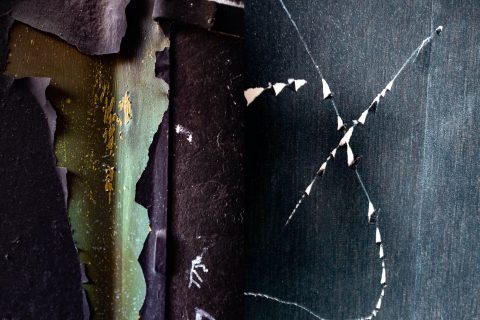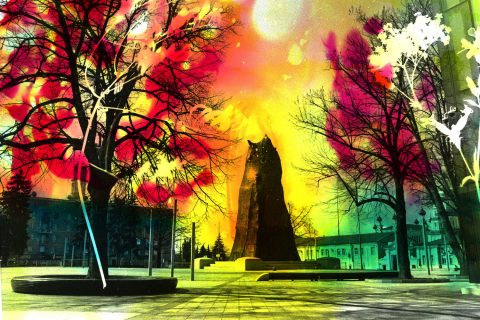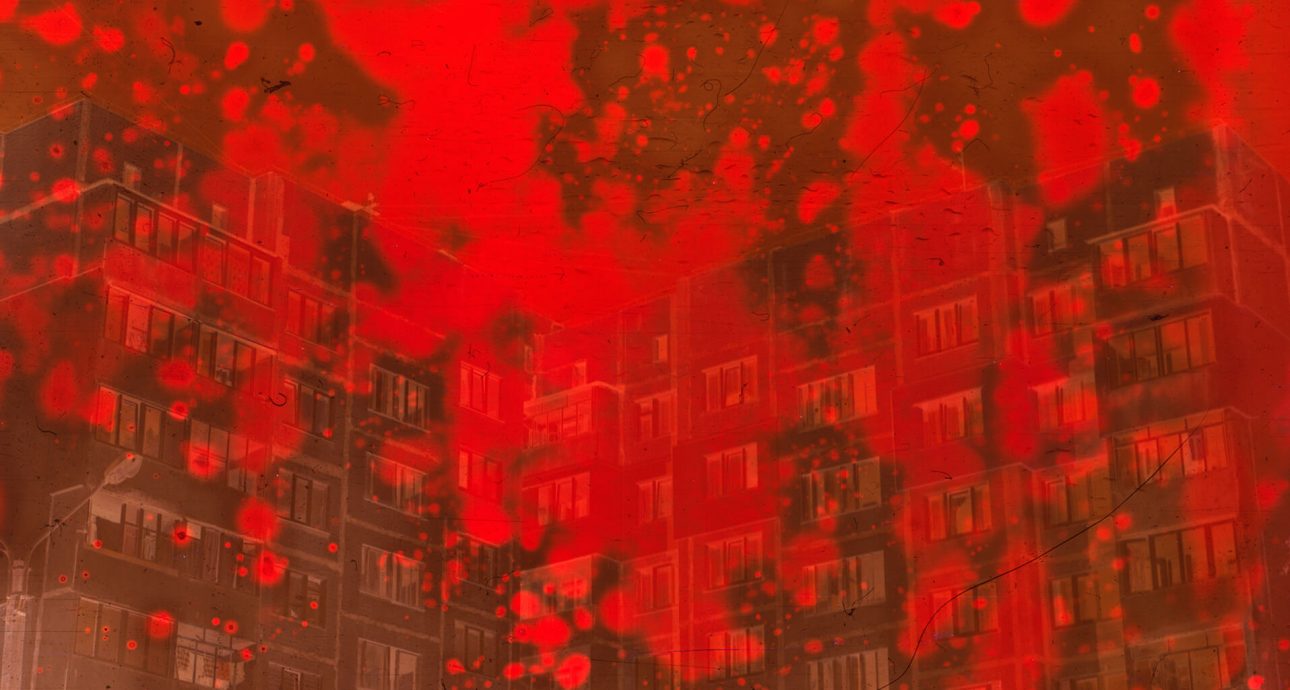
Destructive Thinking: The Therapeutic Project of Arthur Buzenko
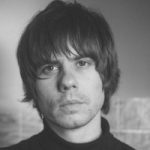
Photographer. Studied at Lviv University of Trade and Economics. In 2021, completed a course in artistic photography at MYPH Photo School. Based in Lviv.
— At the beginning of the Russian full-scale invasion, I found myself unemployed for several months, and my passion for photography had dwindled – I simply lacked the desire to pick up my camera. After a month of not taking any photos, I decided to go through my film archive. I’m not sure if it was driven by anger or something else, but at some point, I felt an overwhelming urge to burn it all, cut it into pieces, discard it, and forget about it. I just wanted to scream, cry, and punch my fists until they bleed – that’s how intense my emotions were. Instead of organizing the archive, I started deliberately destroying it: at first, in a radical manner, but as I gradually calmed down, I began patching it back together with tape. I became curious about what would happen if I scanned the damaged film.
After venting my emotions, a flood of calm and creative ideas came to me about how I could intentionally ruin the film. These photographs serve as an escape from reality, a comforting space where I found solace. Moreover, I have always been fond of analog photography – the ability to physically touch the film, examine it in three-dimensional space, develop it, print it, and experiment with various manipulations. This project played a crucial role in helping me overcome my depressive state.
After releasing my emotions, a multitude of serene and creative ideas emerged on how exactly I would intentionally ruin the film.
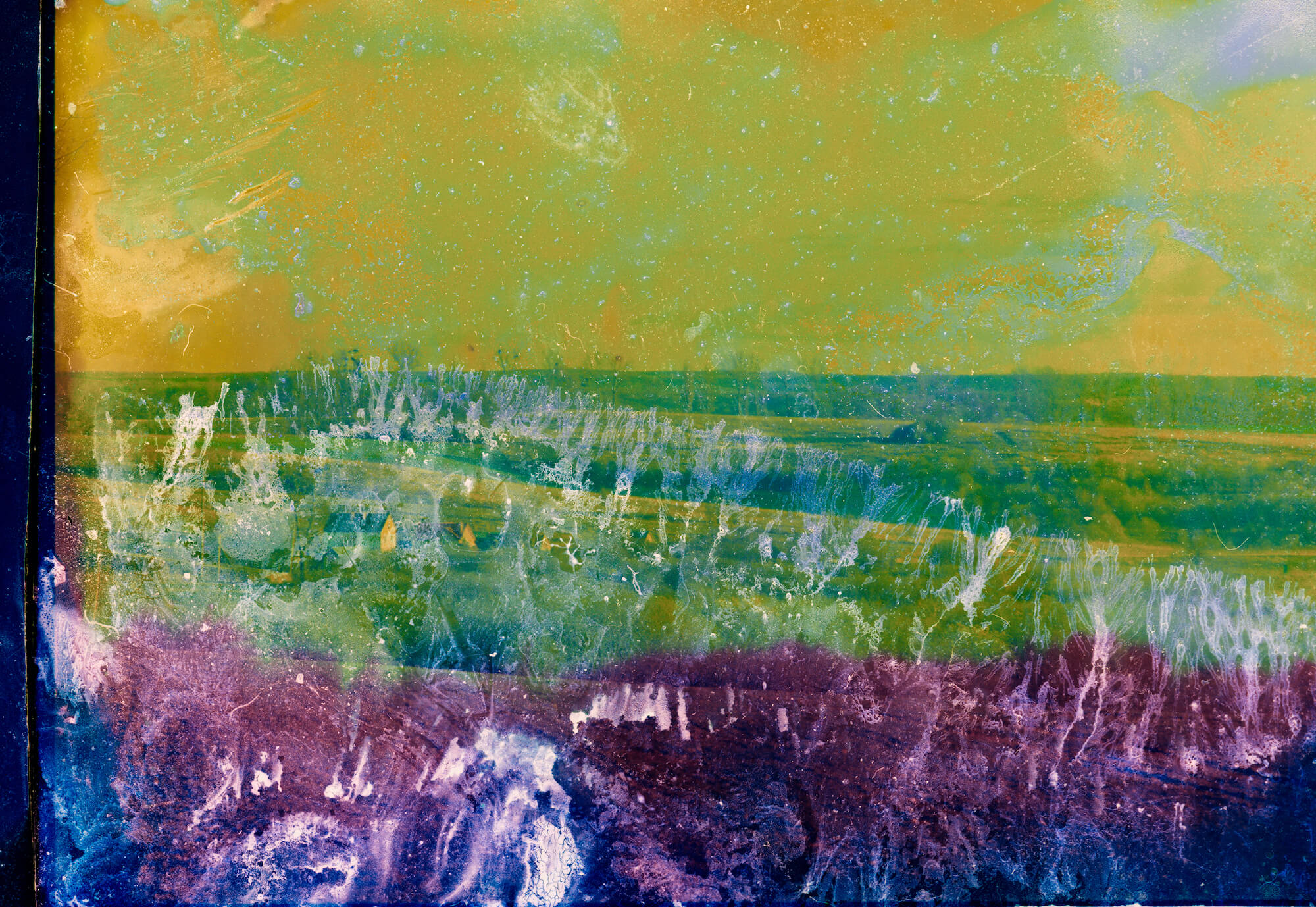
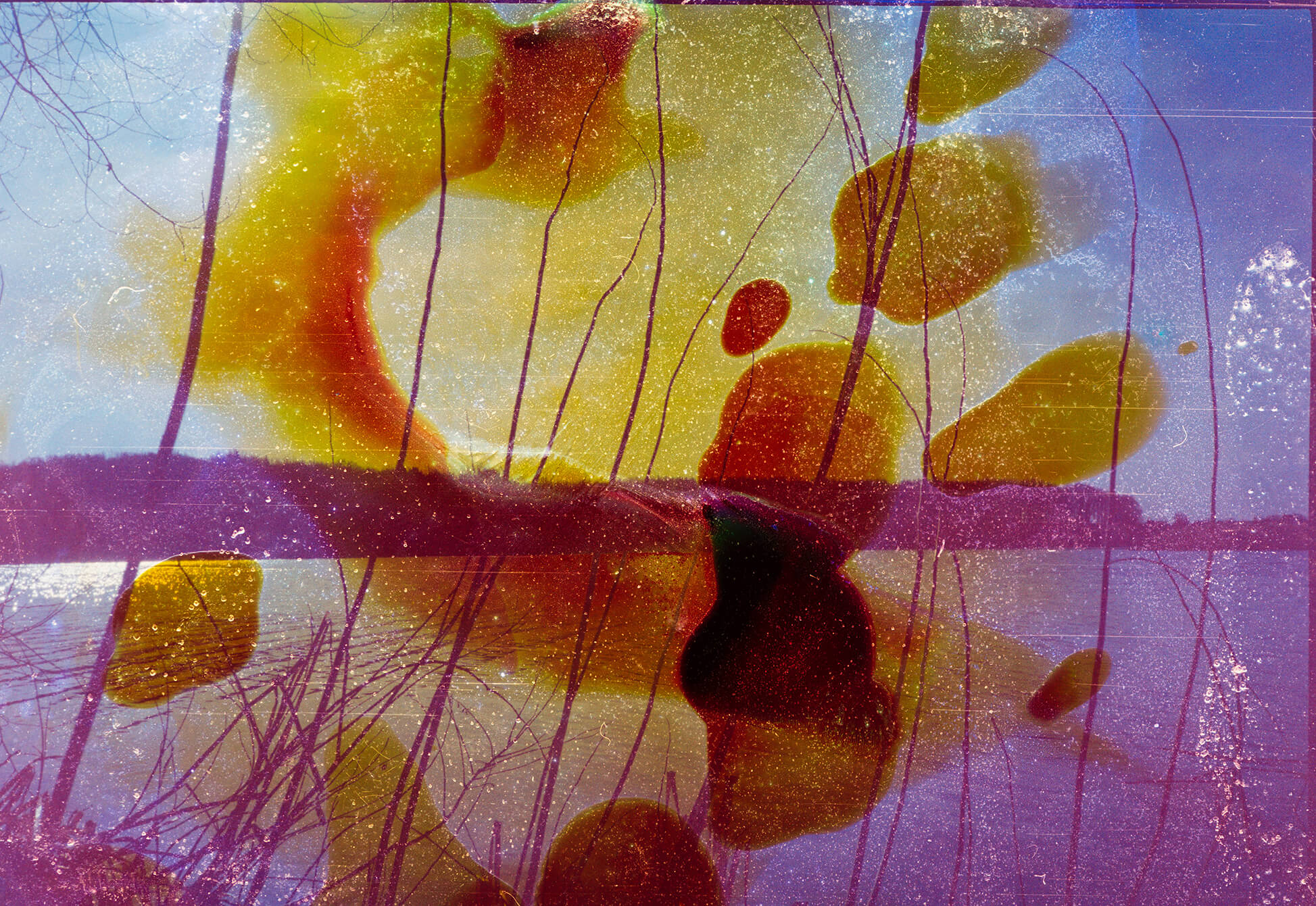
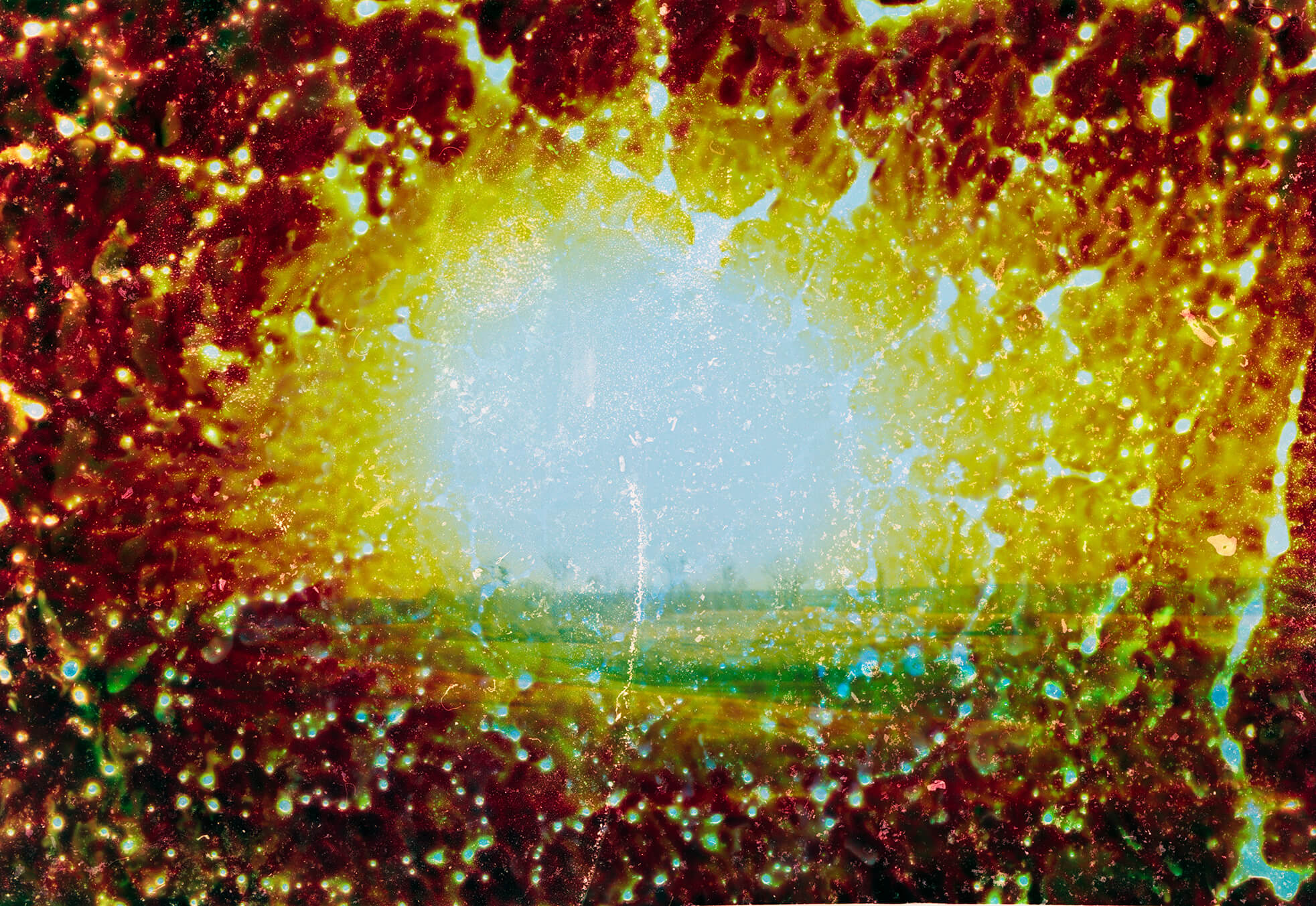
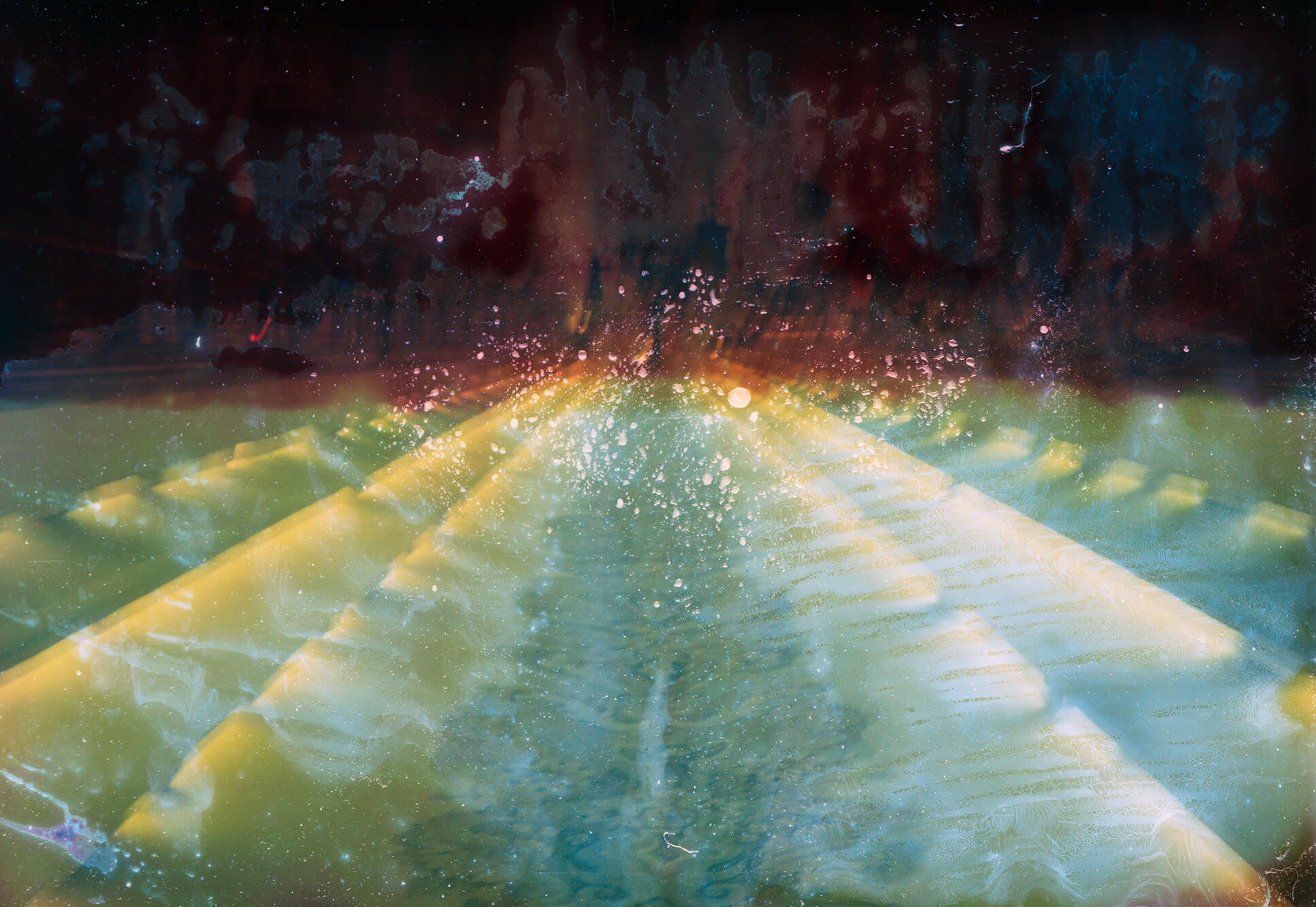
I have a positive attitude towards art therapy, especially when it allows people to release negativity and experience joy and peace. It provides an opportunity to see oneself from a different perspective and further personal growth. Perhaps art therapy is not commonly associated with contemporary art, but it all depends on the artist’s concept. For me, it became a method, a tool, a path, a way to feel: in my project, under the influence of emotions from the war, I filled ordinary, peaceful photographs of the past with chaos, deformations, and the uncertainty of the present.
The techniques used here are quite simple. I used bleach, which effectively eats away at gelatin, creating unpredictable patterns; I also used chlorine, solvents for fats and rust, acetone, and even my cat’s fur in some of the images – the tiny hairs added an interesting texture to the artwork. I dripped wax, burned negatives, cut them up, taped them together, scratched them with a needle.
I used chlorine, solvents for fats and rust, acetone, and even my cat’s fur in some of the images.
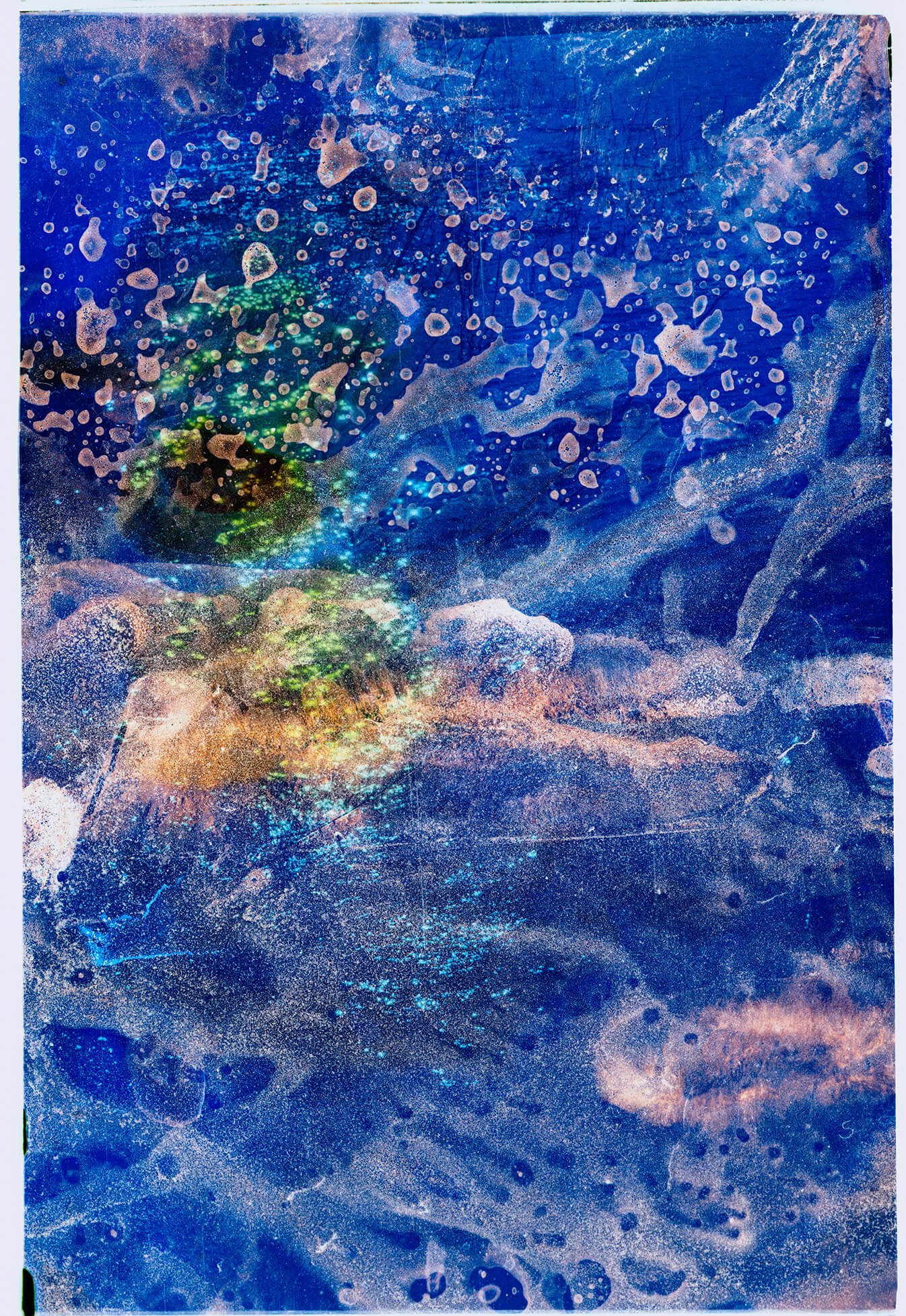
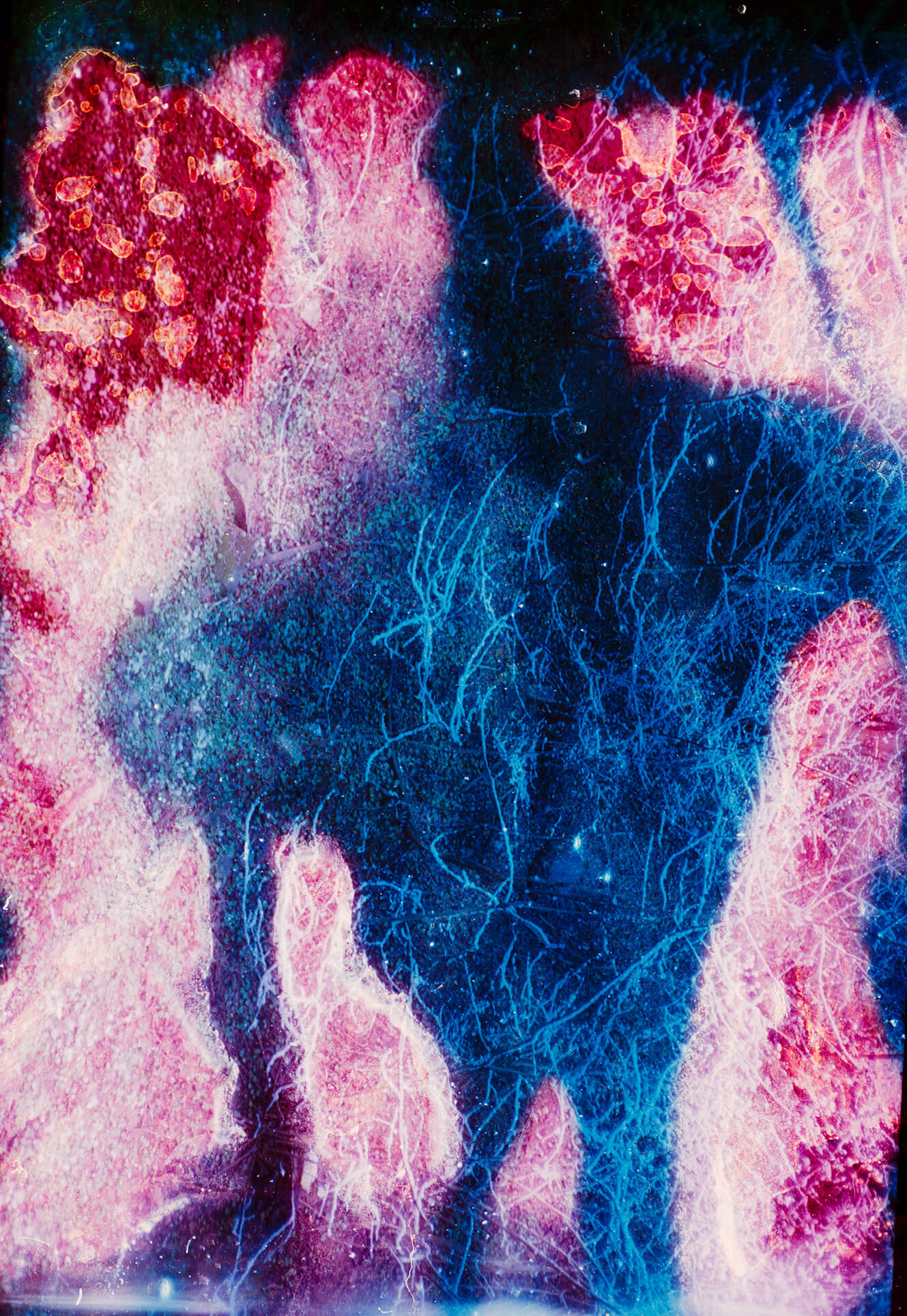
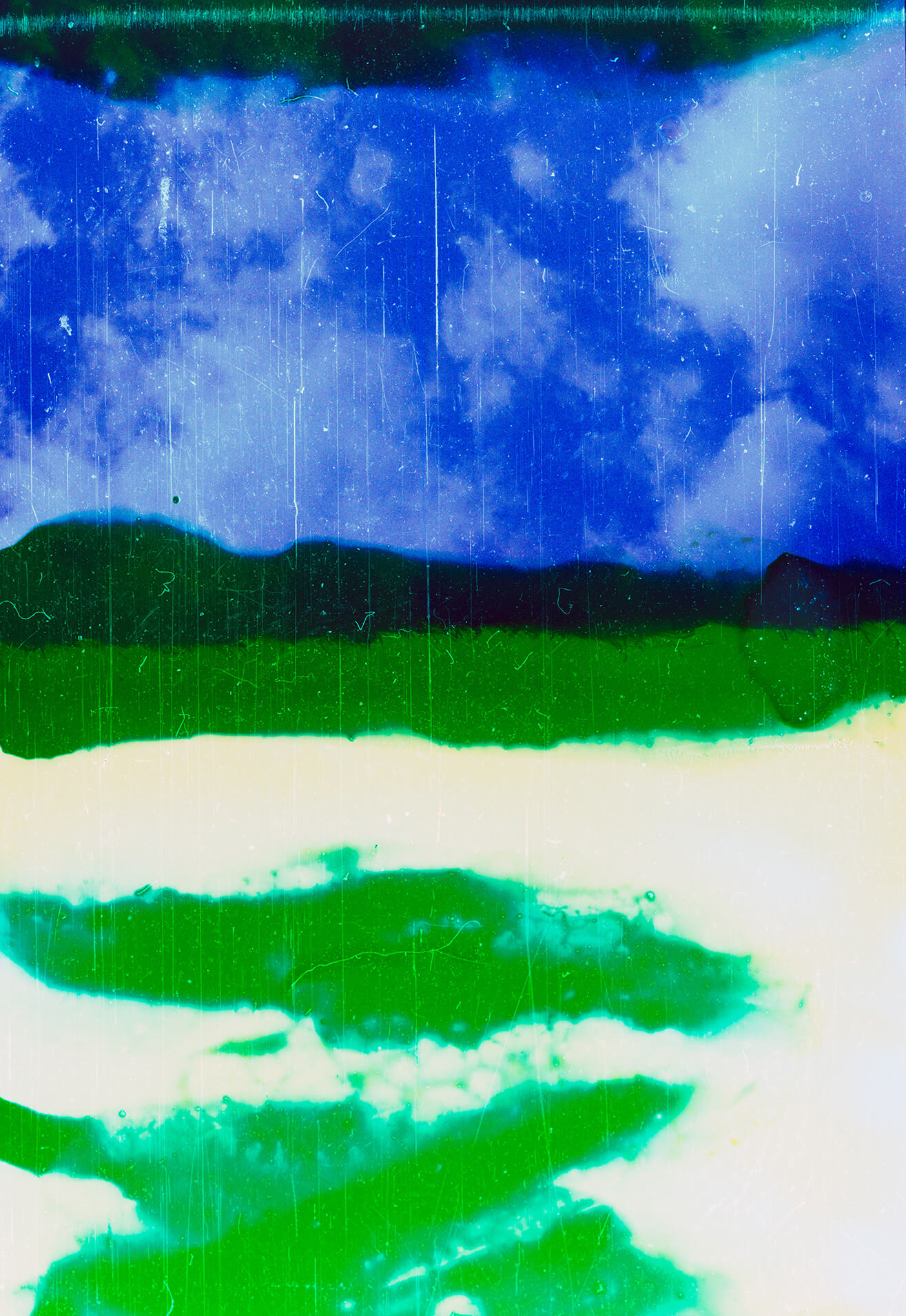
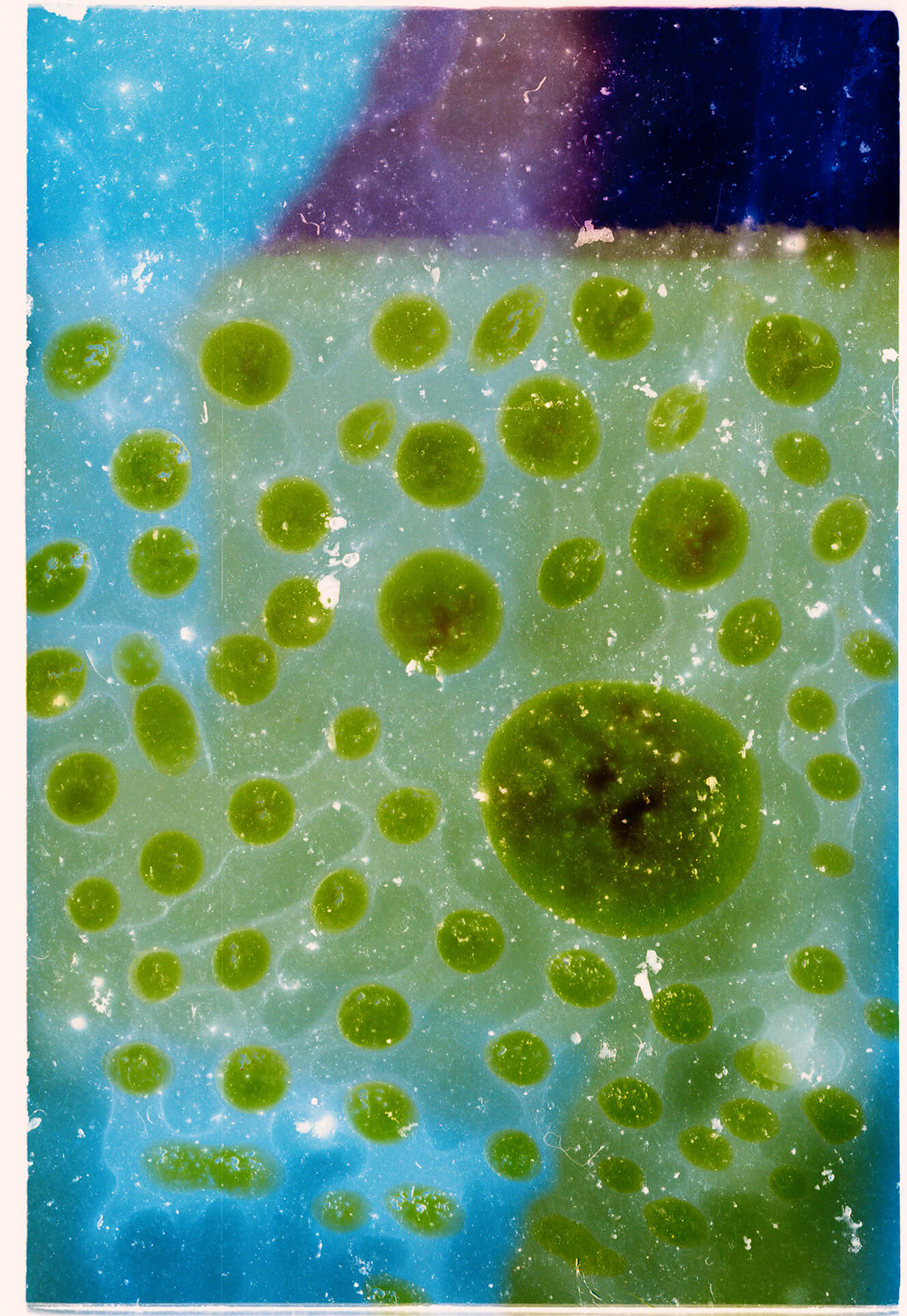
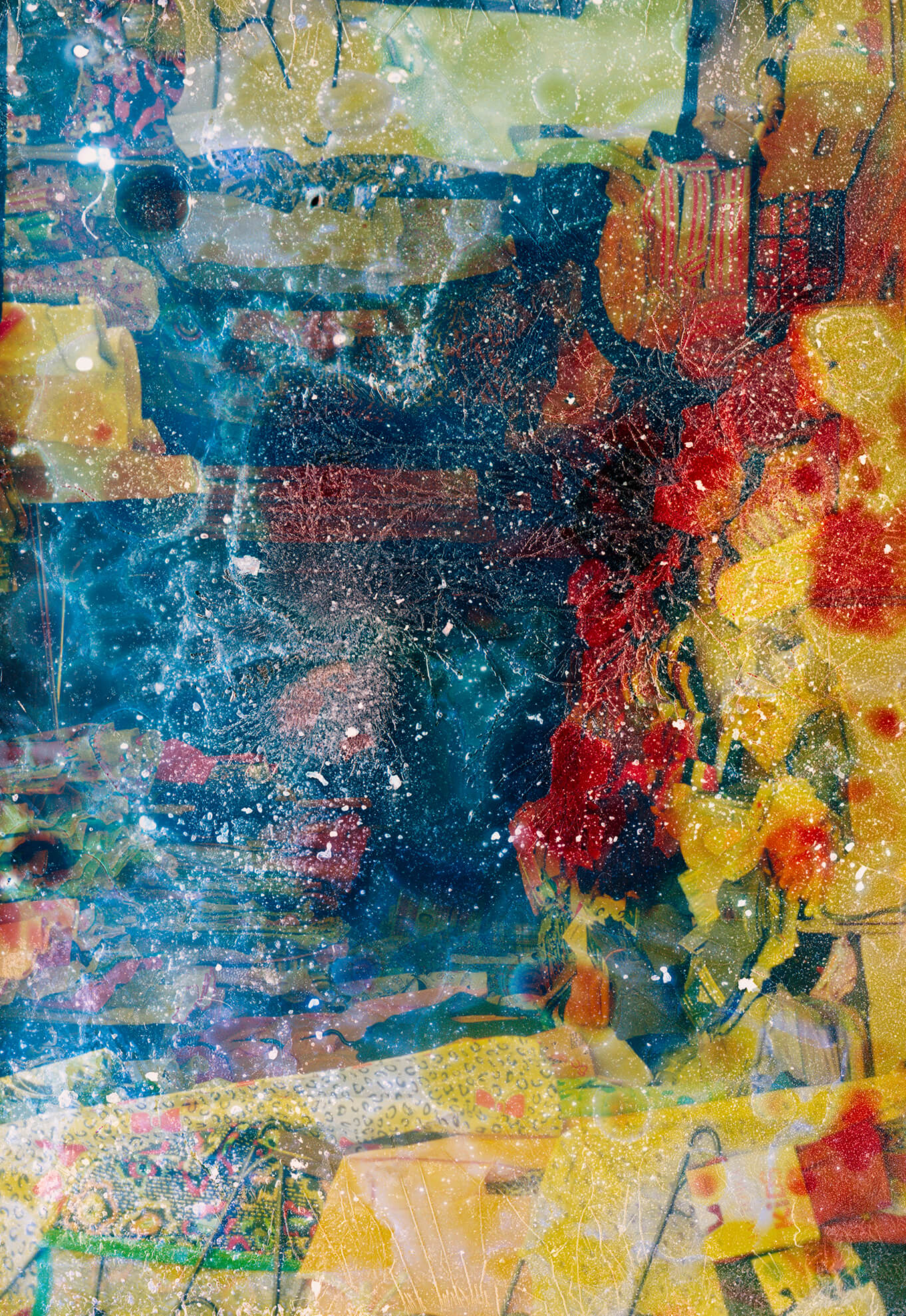
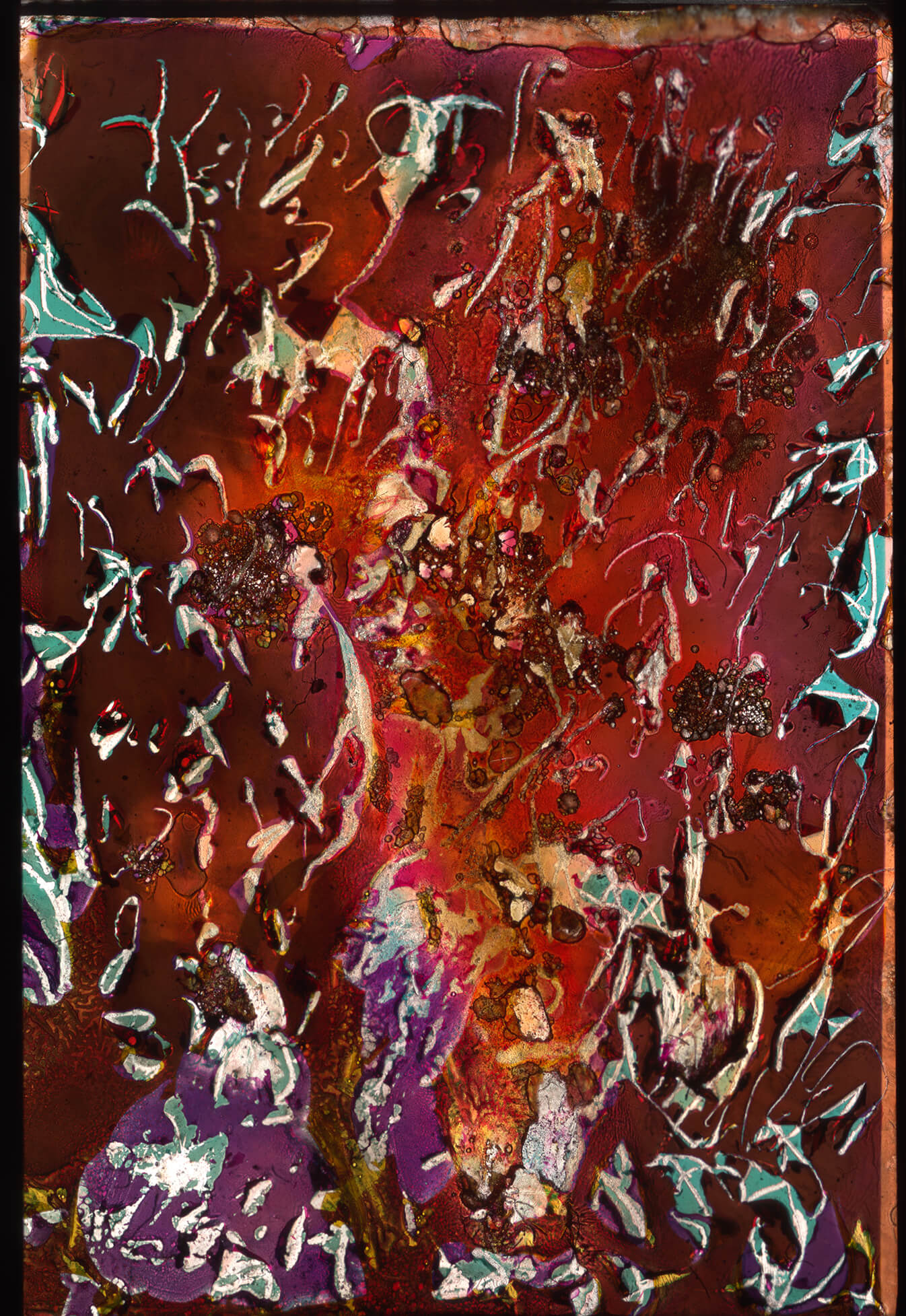
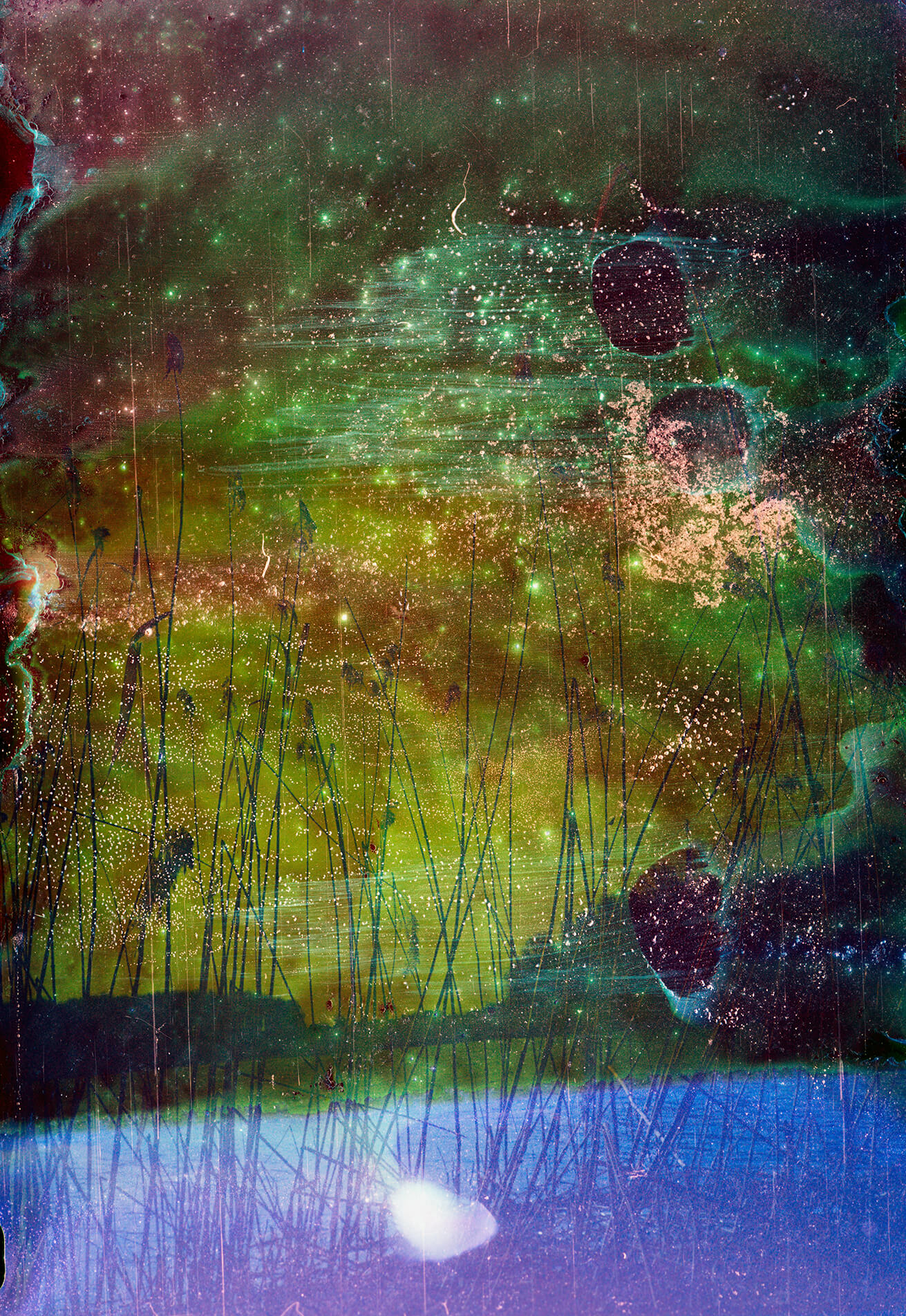
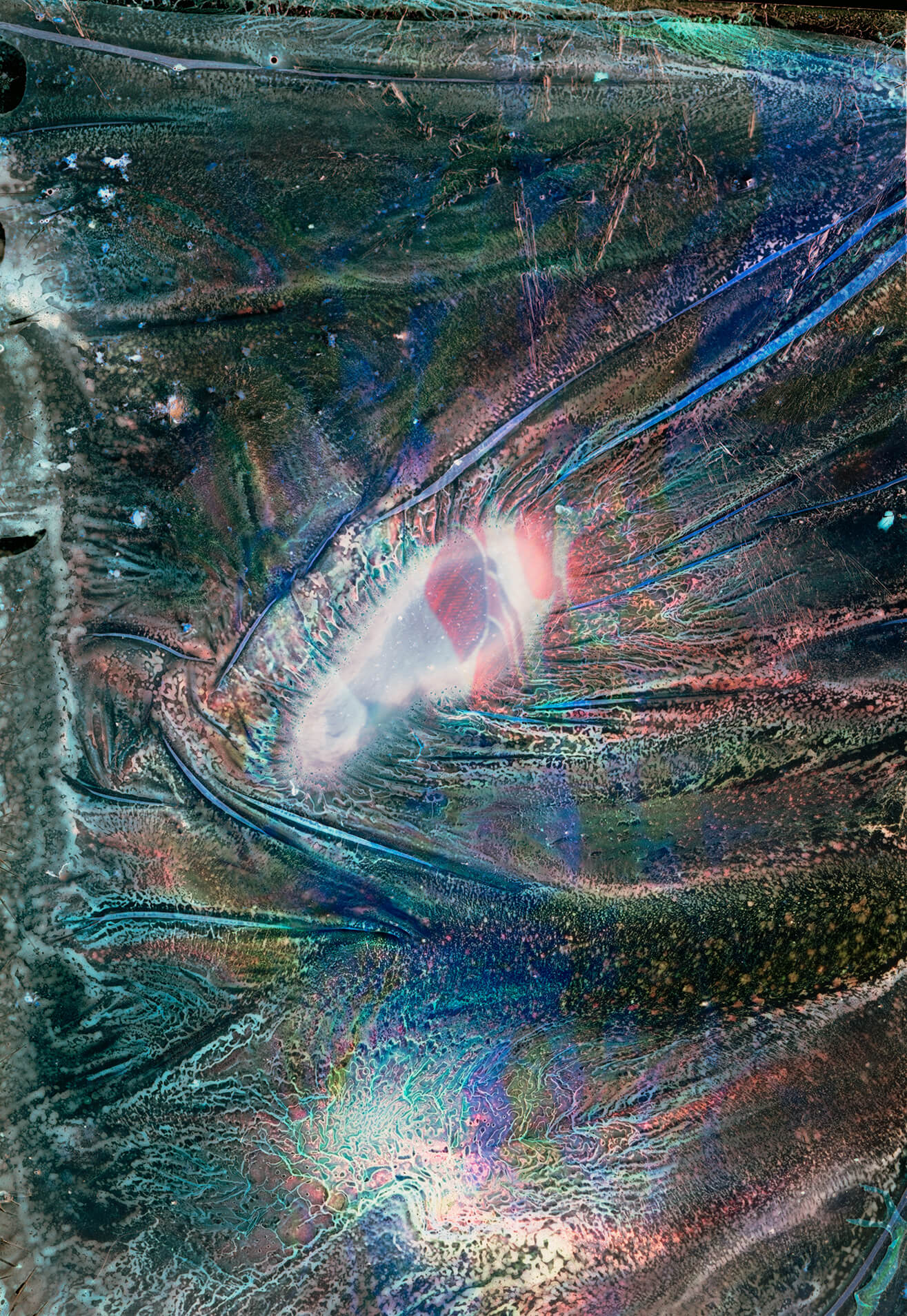
I drew inspiration from the paintings of my friend, artist Andrey Volkov , particularly his working methods with materials. Andrey’s works captivate me with their simplicity and minimalism. It’s like looking into water, but if you immerse yourself, you can notice many intriguing details and experience a range of emotions. The paintings give the impression of being alive. Each image reveals itself differently depending on the lighting. Andriy never sees the final result; the artwork seems to create itself. I appreciate the materials he uses: various scraps, sacks, fabric from an old Soviet mattress soaked in pu-erh tea, leather, concrete, primer, and much more.
This project was also influenced by the works of artists from the Kharkiv School of Photography – Oleg Malovanyy, Boris Mikhailov, Roman Pyatkovka, and Yevgeniy Pavlov. Additionally, the exhibition “Futuromarennia,” which took place at the Mystetskyi Arsenal shortly before the full-scale invasion, had a significant impact on me. As it was the last exhibition I visited before the events of February 2022, the multitude of paintings and information became etched in my mind. Prior to that, I was not familiar with, nor had I seen in person, the works of artists such as Oleksandr Bohomazov, Mariya Sinyakova, Davyd Burliuk, Vasyl Yermilov, and Viktor Palmov. It was a cultural shock for me, and perhaps it also inspired this project.
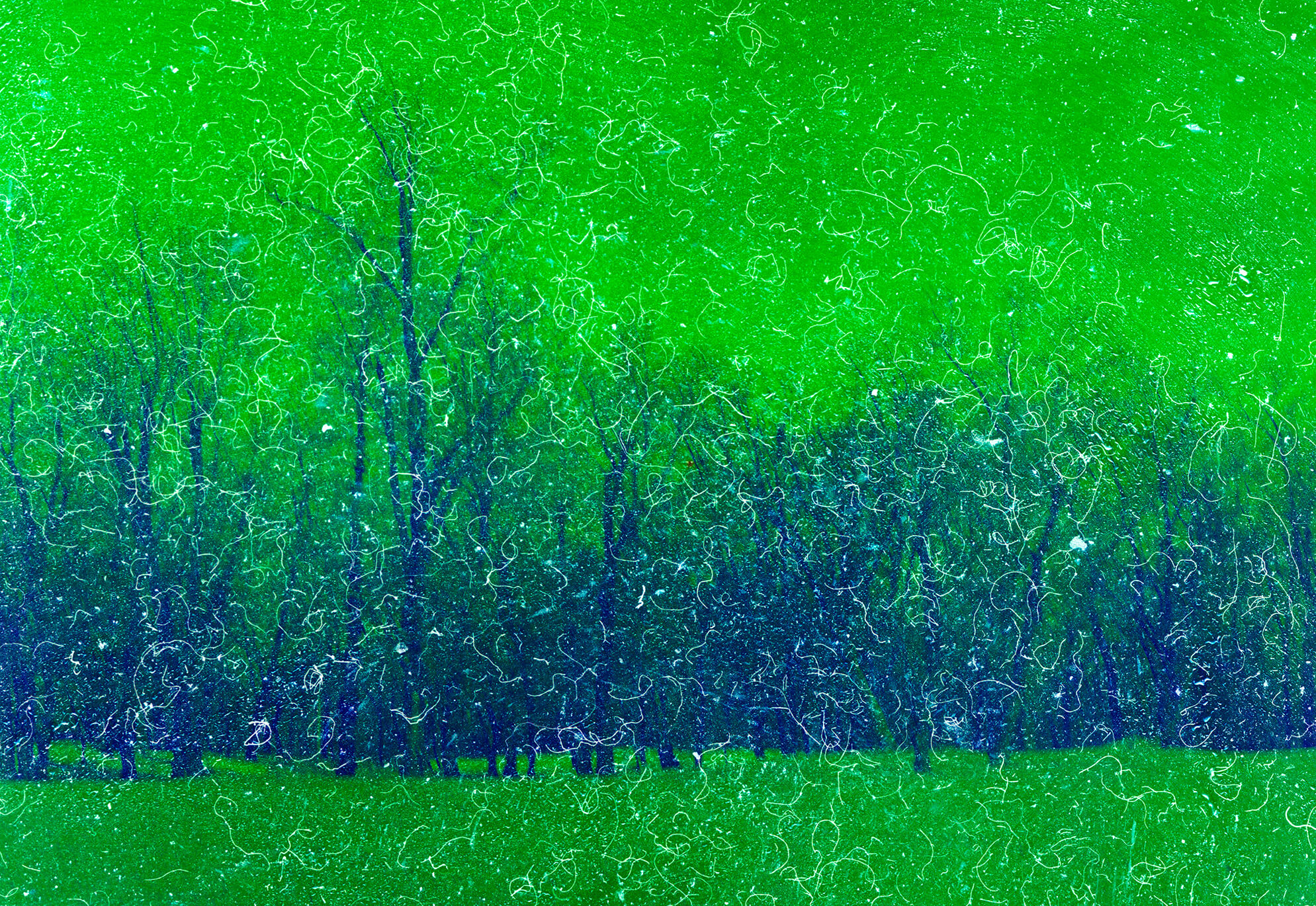
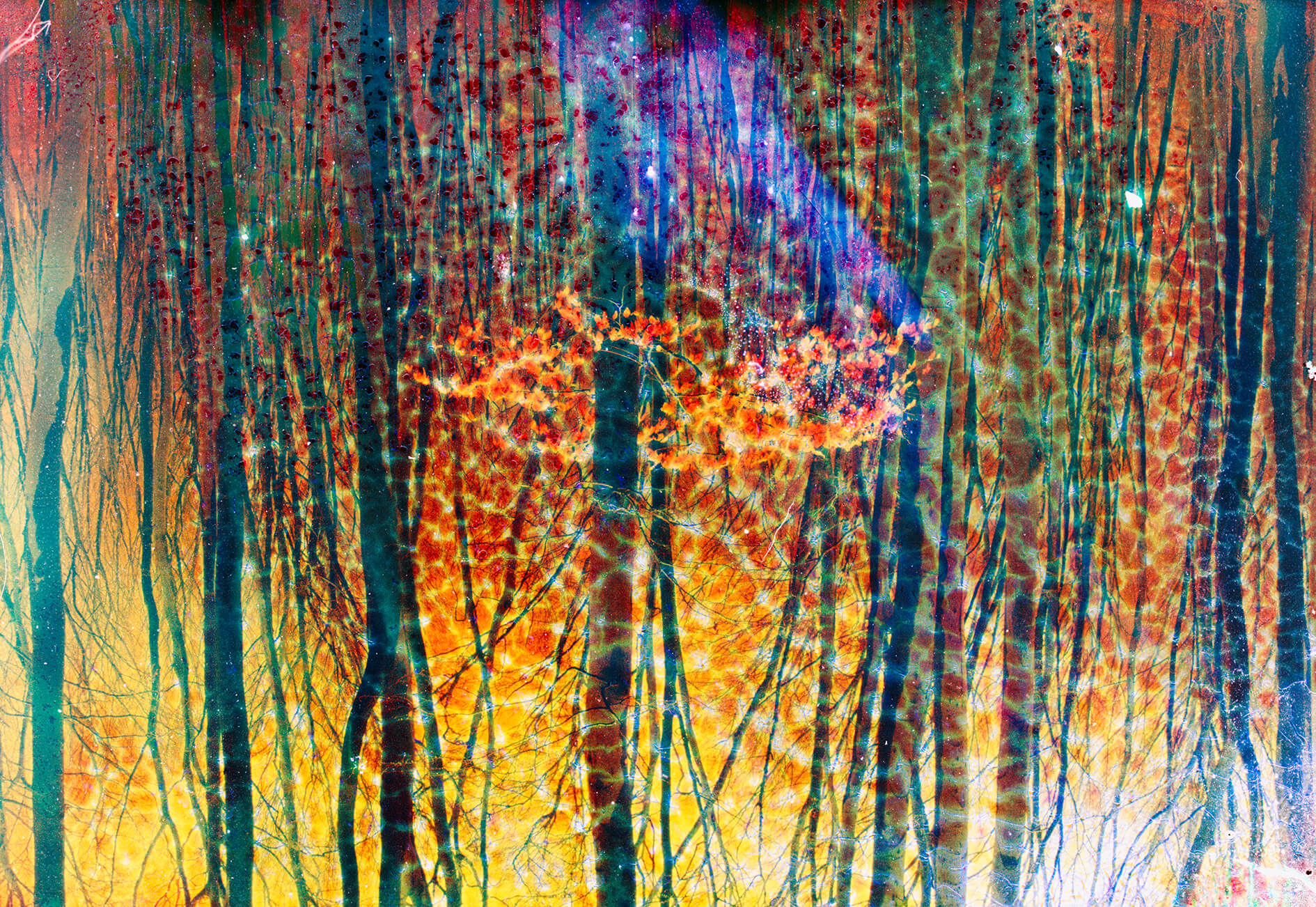
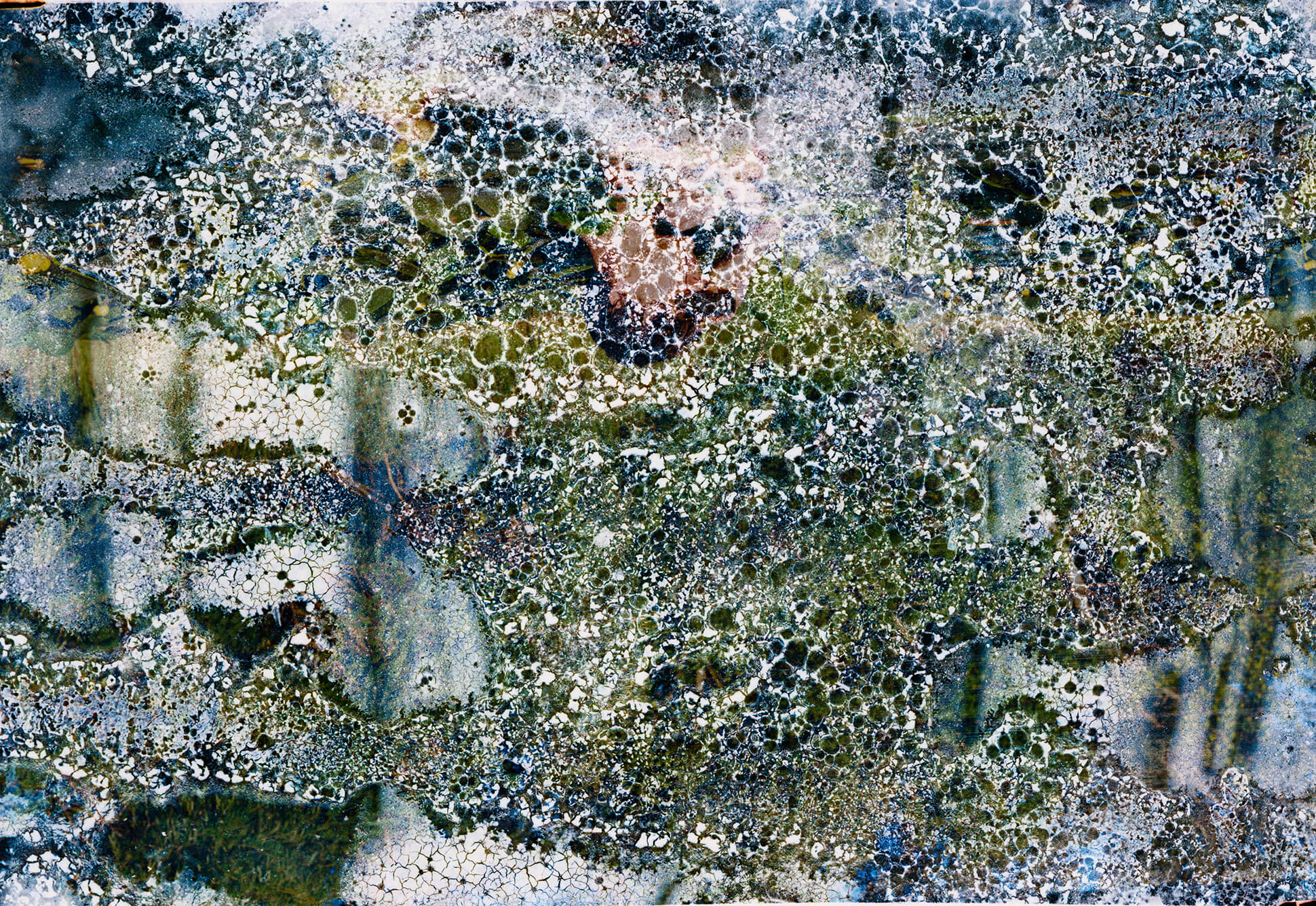
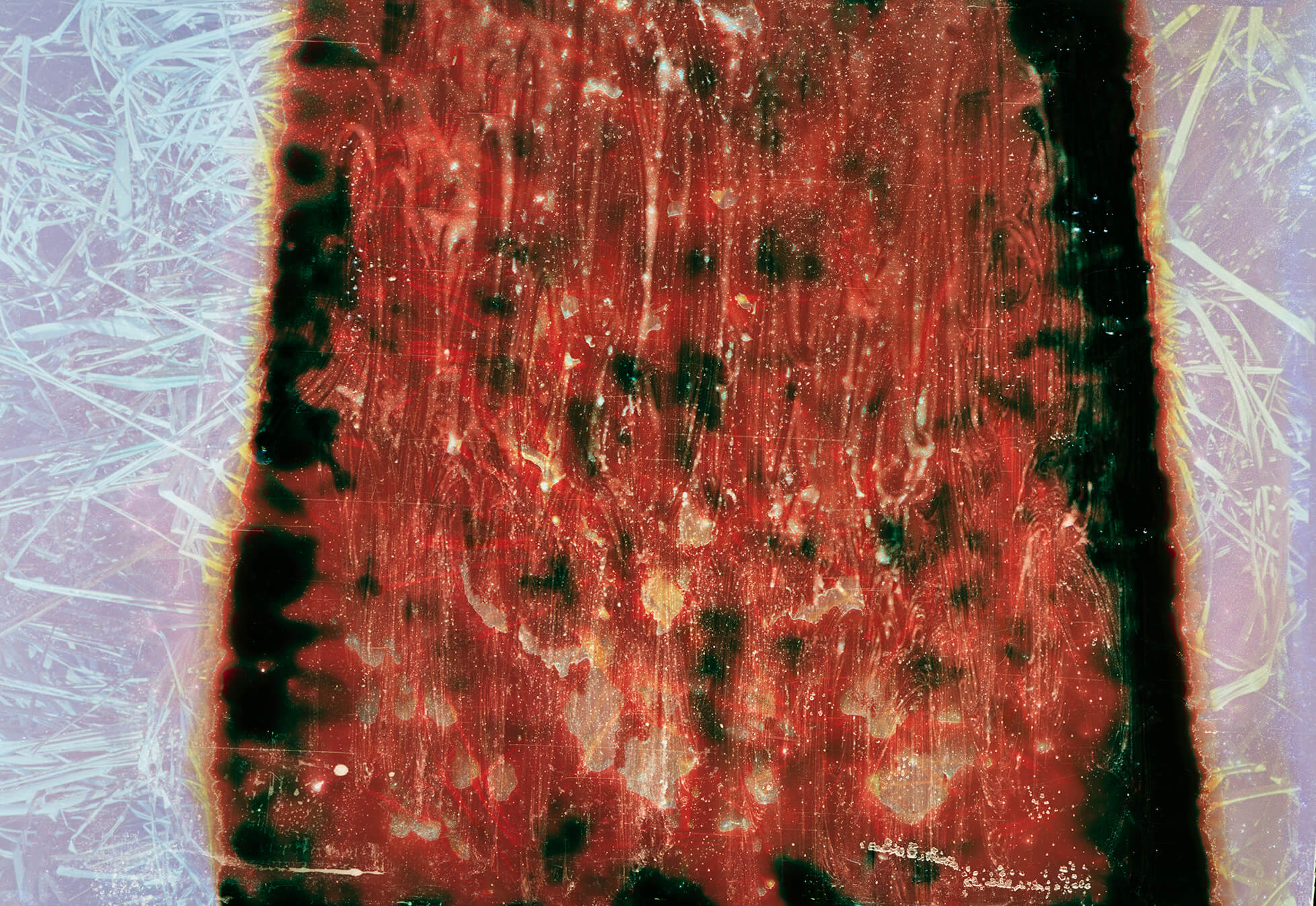
New and best
